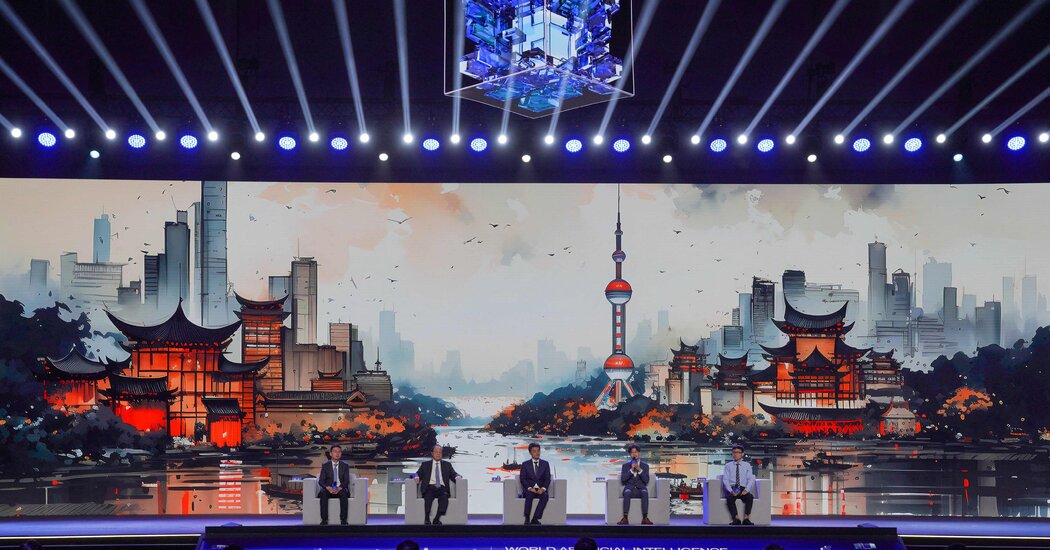Celebrating 50 Years of the European Patent Convention

On Thursday, Europe will commemorate a significant yet often overlooked milestone in its post-war history. Fifty years ago, on October 5, 1973, during a period marked by economic and political upheaval, 16 European nations united in their vision that technological progress should transcend national borders. They signed the European Patent Convention (EPC), a legal treaty that laid the groundwork for a unified European patent system. Today, this system comprises 39 member states and a growing number of “validation states”—countries beyond Europe where one can also secure a European patent. Together, they represent a technology market of approximately 700 million individuals, comparable to the combined populations of the United States, Brazil, Canada, Japan, and Korea.
However, the significance of this system is not merely its size; rather, it lies in the prosperity and societal advancements it has facilitated by enabling the swift introduction of innovative technologies to the market.
Life-Changing Answers to Global Crises
The industries across Europe that heavily rely on patents contribute nearly a fifth of the continent’s GDP and account for about one in every five jobs. Their products and services impact roughly a quarter of the global population. Crucially, the rights granted by European patents empower inventors from Portugal to Poland, allowing them to bring groundbreaking products to market efficiently and safely.
These innovations not only improve our daily lives but also play a vital role in addressing some of the most pressing crises facing humanity today. For instance, Katalin Karikó, the Hungarian biochemist who received the Grand Cross of the Hungarian Order of Saint Stephen in August 2023, was awarded the Lifetime Achievement accolade at the EPO’s European Inventor Award in 2022, and has now secured this year’s Nobel Prize in Physiology or Medicine for her pivotal work in developing effective mRNA vaccines, which have been instrumental in combating the global COVID-19 pandemic.
As we navigate through various challenges—from climate change to natural disasters and famine—there remains a pressing need for innovative solutions. Alarmingly, half of the technologies required for a transition to a net-zero future remain stalled at the prototype or demonstration stage.
European Patents: A Solution to Emerging Challenges
In the spirit of reflection that accompanies such a landmark anniversary, it is essential to evaluate whether the EPC is equipped to effectively tackle these formidable challenges and deliver the patent system required for a sustainable future over the next 50 years. I believe it is. The EPC is uniquely positioned to promote sustainable development and address emerging issues, many of which are encapsulated within the United Nations Sustainable Development Goals.
The European patent, celebrated for its high quality, legal robustness, and extensive market reach, fosters significant investor confidence. A notable example is the record €34 billion raised last year by European start-ups focused on climate-friendly technologies. While the market exclusivity and predictability provided by a high-quality European patent are certainly appealing, the EPC’s commitment to making patent data publicly accessible is a cornerstone of the patent contract. This transparency allows inventors to learn from and enhance existing technologies, ensuring a continuous cycle of innovation.

A Treasure Trove of Knowledge
The European Patent Office, which oversees the European patent, offers a user-friendly patent search tool, Espacenet, granting public access to over 140 million patent documents. This vast repository can be likened to a treasure trove of technical blueprints, comprehensive diagrams, and detailed descriptions—akin to user manuals for cutting-edge ideas. Significant efforts are made to simplify the navigation and understanding of these documents, whether for seasoned patent attorneys or first-time inventors.

Moreover, aspiring inventors can harness advanced search platforms that focus on the latest technologies addressing critical issues, from combating coronavirus and wildfires to advancing clean energy solutions. The integration of artificial intelligence in translating patent documents across multiple languages, including Mandarin, further increases accessibility. Insight reports on topics like the hydrogen economy illustrate the latest technological trends, empowering governments and private sector leaders to make informed strategic decisions. However, these studies also reveal concerning trends, such as the finding that fewer than 1 in 7 inventors in Europe are women.
Lessons Learned for a Brighter Future
Ultimately, we arrive at a crucial question: how do we enhance accessibility? While empowering researchers, scientists, and independent inventors with patent intelligence is vital, it is equally important to eliminate barriers that deter underrepresented entities—such as SMEs, micro-enterprises, and research centers—from entering the patent system. These groups frequently pioneer market-disrupting solutions but currently account for only one-fifth of patent applications, despite representing over half of European patent applicants.
The recent introduction of the European patent with unitary effect aims to address many challenges related to sustainability and accessibility. Now, innovators can secure a single patent, pay a single renewal fee, and navigate a unified legal system before a single Unified Patent Court across 17 participating countries—potentially extending to 27 nations and others joining the EU family. This innovation offers maximum protection with minimal administrative burden, which is why we are already observing positive signs of adoption from smaller business entities.
Fundamentally, the success of the Unitary Patent is rooted in the vision of the EPC, which not only anticipated its existence but also established the patent grant process that underpins this new system. Given these advantages, I am confident that the European Patent Convention can deliver the sustainable future we aspire to achieve. The qualities that defined our mission five decades ago will continue to ensure the success of Europe’s patent system and our ability to confront society’s most daunting challenges.
António Campinos serves as President of the European Patent Office (EPO).
At Euronews, we believe all views matter. Contact us at view@euronews.com to share pitches or submissions and be part of the conversation.




